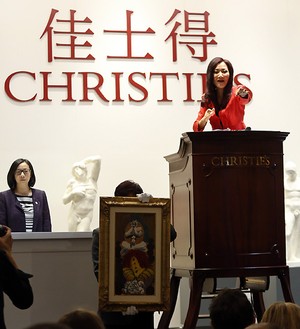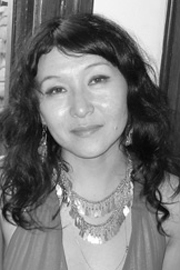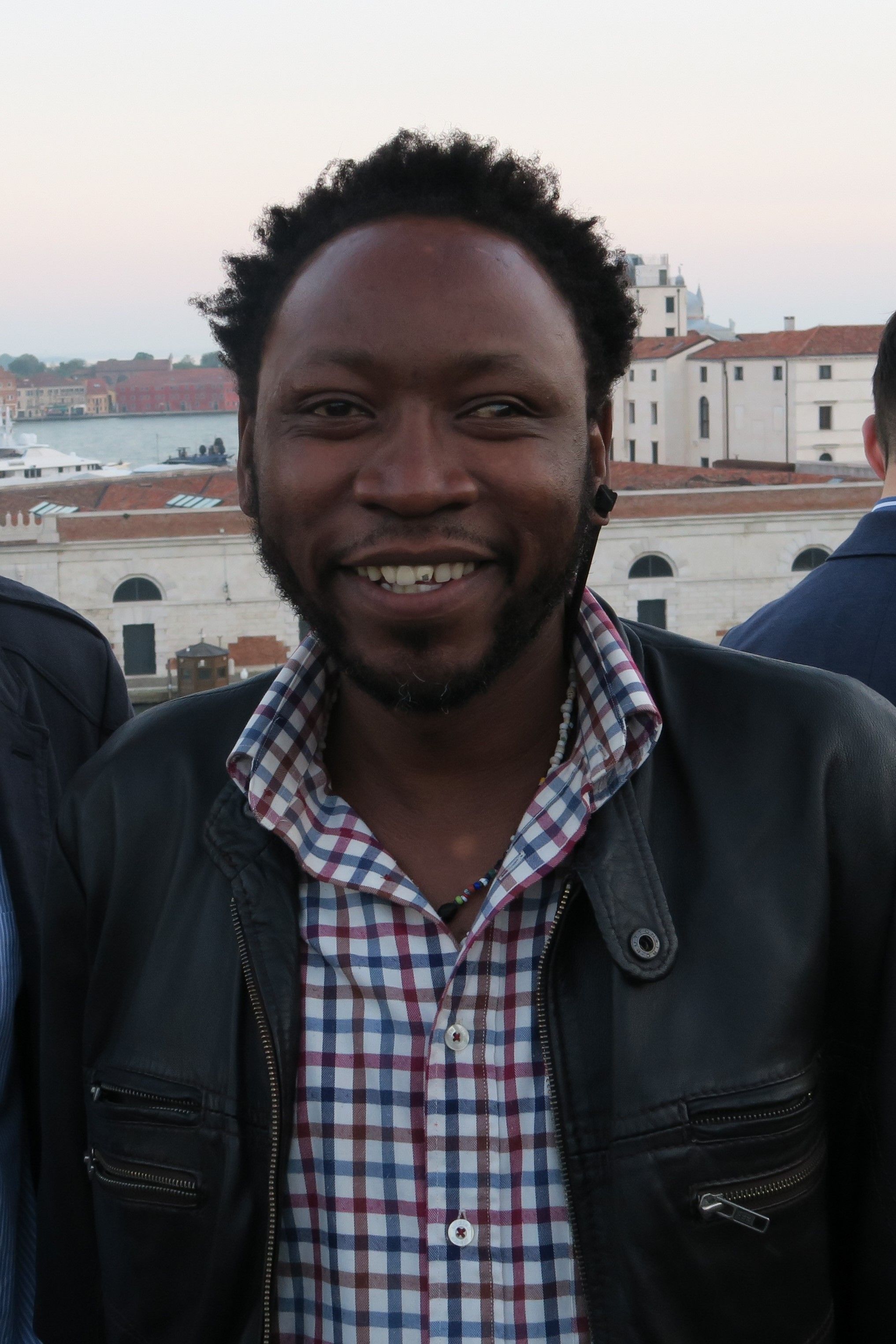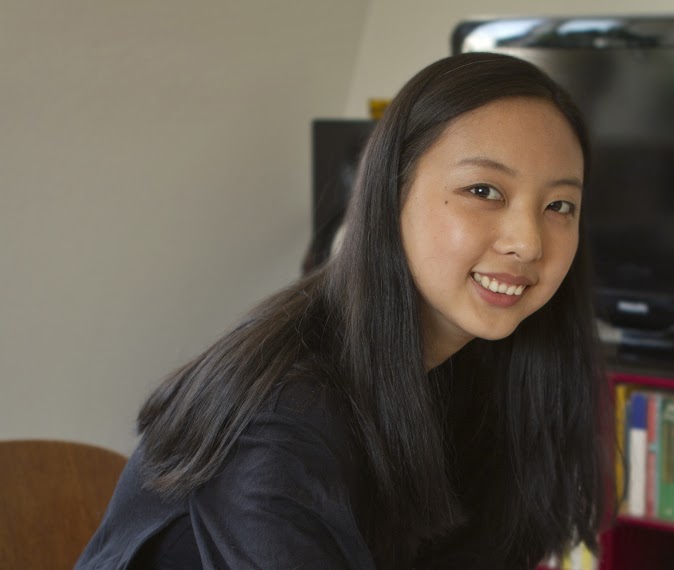Driving forces in the art market
01.07.2014—
An analysis of the rising significance of new collectors from developing markets, their widespread impact on the primary market, the changing auction landscape and the implications for prices of contemporary art from developing markets.

In the late 1980s and early 1990s contemporary art was seldom sold at auction, the art world was mainly US and EU-centric and the only Chinese art sold was Ming porcelain.
Fast forward 20 years and from mid 2005 the contemporary market entered a rapid growth trajectory. A surge that saw no downswing following the global economic crash of 2008/2009. This growth has been galvanised by an influx of new, massively wealthy instititutional as well as private collectors from emerging economies such as Russia, Qatar, the United Arab Emirates and China.
International auction houses have carefully followed these trends, directing their attention to Asia by offering a range of new services and opening offices in Hong Kong, Shanghai and Mumbai and forging alliances with local auction houses whose growth has been stellar, threatening the dominance of the Western auction brands.
 In December 2013 Christie’s held its first auction in India, doubling their high estimate of $8 million to bring $15.4 million, selling nearly all the works on offer and breaking a number of records for Indian artists. This historic sale follows on from Christie’s partnership with the India Art Fair proving further their dedication to building a presence in the region.
In December 2013 Christie’s held its first auction in India, doubling their high estimate of $8 million to bring $15.4 million, selling nearly all the works on offer and breaking a number of records for Indian artists. This historic sale follows on from Christie’s partnership with the India Art Fair proving further their dedication to building a presence in the region.
In Hong Kong, where annual sales totaled US$1 billion in 2013 (a 30% increase on 2012), Christie’s announced two new initiatives in 2014 - a new outpost in Shanghai and Asia+, a new auction platform focusing on 20th century and contemporary Asian art.
These new activities are intended to solidify and deepen the house’s presence in Asia in a competitive landscape that is rapidly growing fiercer. A prime example is the rise of Beijing Poly International Auction Co. Ltd, which is not even a decade old. Poly opened offices in New York in 2012 and went public in March 2014 and is now the world's third largest auction house with a market cap of circa US$ 900 million as of June 2014. Extracts from various reports produced by Skate’s Art Market Research:
“ Sotheby's and Christie's… Unless the powerful duo finds a way to defend its market position and discover new sources of growth, the Chinese rival will increasingly depress Sotheby's and Christie's equity story”.
Consolidated Sales, USD bln..jpg)
Source: Skate's Art Market Research; reports and press releases published by the auction houses.
The nationalities of buyers at auctions in both London and New York further substantiate these trends. Auction regulars find themselves increasingly in competition with telephone bidders from Asia; in the May 2014 Christie’s Post-War and Contemporary Evening Sale an Asian bidder outmatched several dealers to win an untitled Mark Rothko for $66.2 million. The telephone bids to Xi Lin, Christie’s deputy chairman for Asia, accounted for $214,185,000 of the evening’s total $744,944,000. It has also been noted that company literature for such sales, from post sales press releases to auction invitations and invitations to consign all feature Mandarin text in the title. To say that Chinese bidding has accounted for a great leap forward in the global market is no exaggeration; the country now has the largest auction market ($5bn), making up approximately 25 per cent of global art sales.
In the title of a newsletter released by Sotheby’s in early July following the Impressionist and Contemporary June auctions in London, the house noted that the strong results “mark a substantial increase in buyers from Russia, Asia & South America”.
The primary market has also taken swift action in the face of such evident trends. Art Basel took over Art HK, new art fairs are sprouting all over Asia, the YoY growth in audience participation in fairs such as the India Art Fair are stellar, Museums across the developing world are opening up at unprecedent rates, mega galleries must participate in a greater number of art fairs in numerous destinations across the globe to remain competitive and most have opened permanent outposts in big art centers such as Hong Kong, Sao Paolo, Beijing and Shanghai amongst others.
The trend clearly validates the predictions and macro economic rationale that served as the basis for the establishment of our collection/fund in early 2011. While the impact has been spread across the board, it is principally felt in the bidding for blue-chip master-works by Impressionist, Modern and Post-War Western artists. We are confident that with time, this will evolve into very strong demand and price increases for the most significant works by contemporary artists from developing markets, precisely the works we have been collecting. Over the next decade, we anticipate a significant narrowing of the pricing gap still prevalent between western and eastern artists of similar stature.
news archive
Artist Spotlight: Almagul Menlibayeva
Jan. 1, 2017—On occasion of her monumental installation at the Grand Palais in Paris, we are pleased to dedicate this spotlight to Almagul Menlibayeva.
Read More »Artist Spotlight: Goncalo Mabunda
July 14, 2016—Goncalo Mabunda delves into a devastating past and creates sculptures that inspire hope and resilience.
Read More »Artist Spotlight: Liu Shiyuan
July 5, 2016—Liu Shiyuan has cultivated a unique and tech-savy aesthetic ideology that bestows upon her art the air of a millenial prophet.
Read More »


